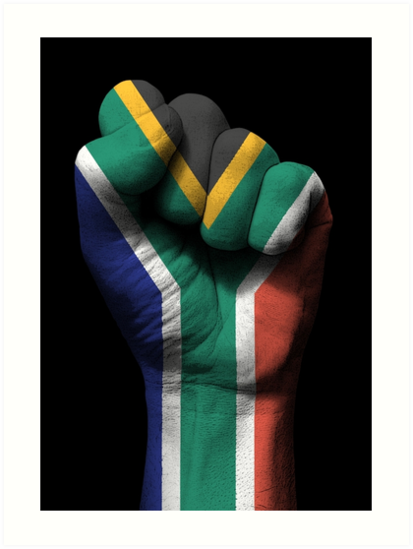The Story of South Africa: Apartheid

December 11, 2017
In 1948, Apartheid became law across South Africa. Apartheid was a type of segregation where whites stayed with whites, blacks with blacks, and multiracial with multiracial. My father, Marlon Vigeland, was born August 26, 1975 in South Africa where there was a lot of racial conflict. My father grew up in a multiracial family with both his parents being of European and Indian descent. He is the oldest of five children and experienced most of the racial conflict because of the uprising youth wanting to free Nelson Mandela and gain equality as well as a true democracy.
In those days in South Africa, there were designated areas for different races. If a black or multiracial citizen had to go work in a white area, he would need a certain form of identification similar to a passport, and he was only permitted to be there for a certain amount of hours during the day. Being in those areas after dark, he would be beaten and imprisoned if caught by police officers. There were limited possibilities for people who were black, Asian, or multiracial. They were not allowed to attend the same schools and universities as white people; their education system was inferior compared to the white education system. There was no social mobility; where you were born was where you would stay. People who were not white were not allowed to take loans or own property; the government owned most of the properties. Life was a struggle for the average non-white individual in South Africa. My father was among the generation that fought for South Africa and it is only because of that generation that South Africa became a true democracy.
My father and his generation participated in a mass school walk out, the objective being to free Mandela. Children all over South Africa left school, where police were waiting for them, and if they did not leave school, they would be interrogated by students from other schools. If caught by the police, they would would be thrown into jail; policemen would also chase them through tear gas. My father ran for his life, because the “caspers,” which were military vehicles, would shoot tear gas and rubber bullets at protesting students, trying to get them under control, but it was to no avail. In that time, a lot of the youth lost their lives in the fight against Apartheid. There was constant police brutality to anyone who rose up against the Apartheid system. Even though the youth had to face such struggles daily, they never gave up fighting for their freedom and equality. It was a long road, but the youth never gave up and that eventually led to Mandela and many other leaders being freed from Robben Island, which was an island prison off the coast of Cape Town. When Mandela was released, he became the first black president as well as the first fully democratic president of South Africa. Under his leadership, South Africa would form into the nation it is known as today: “The Rainbow Nation.”


Garfield Walker • Aug 24, 2020 at 7:12 AM
So true.Growing up in the Apartheid wasn’t easy.Yes I’m a childhood friend of Marlon Vigeland.We grew up in the same nabourhood. I didn’t let where I come from define me.I rose above my circumstances and I’m glad to have made something of my life.